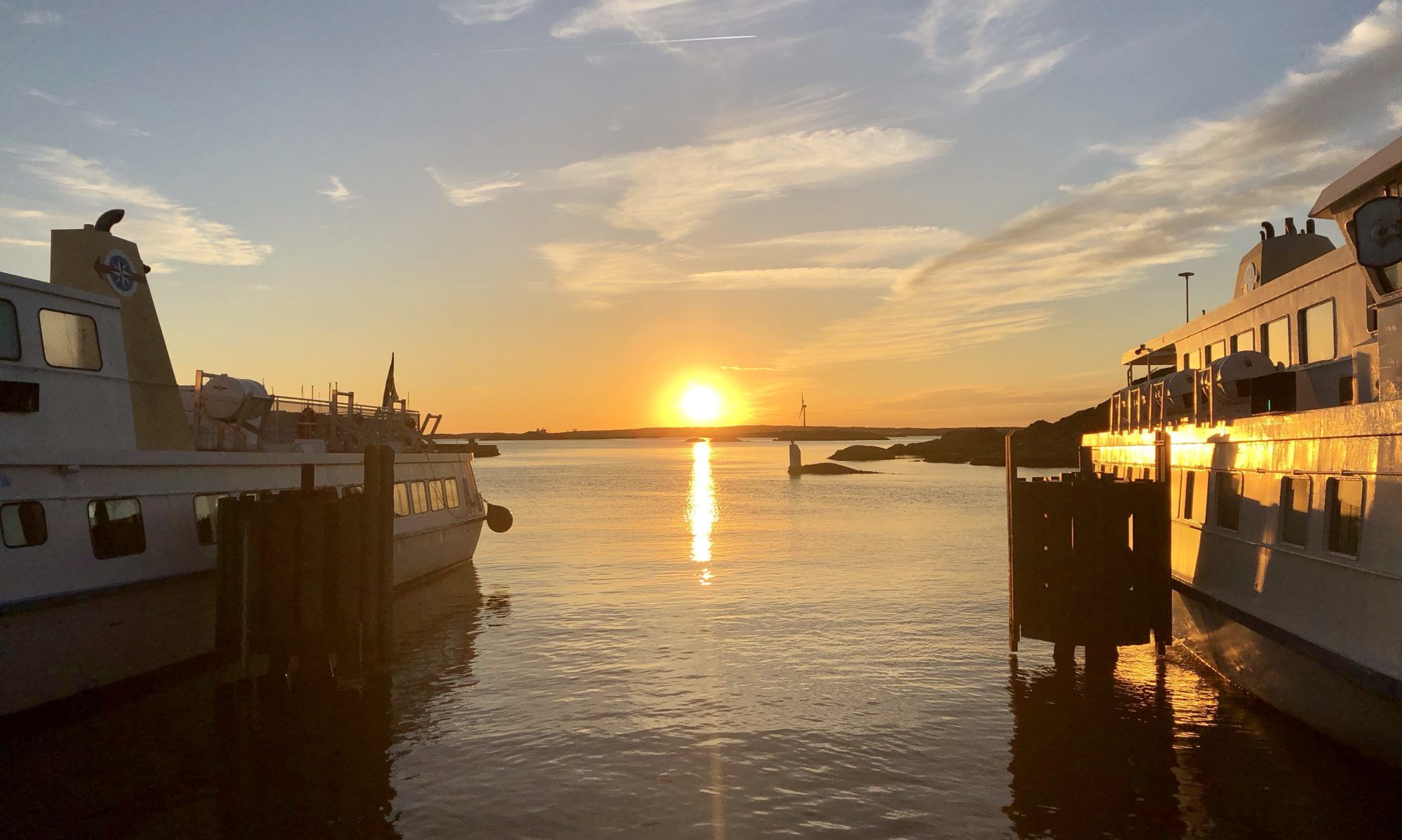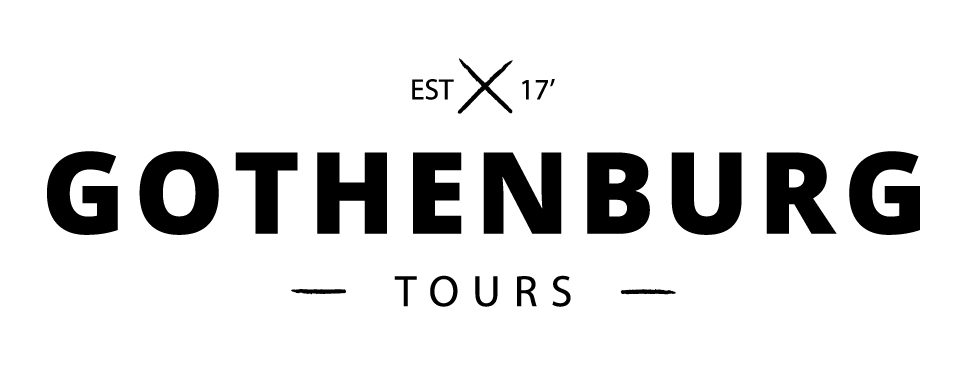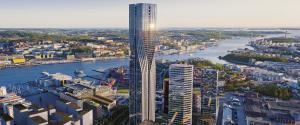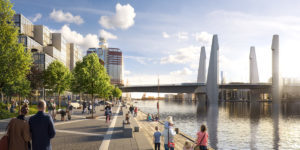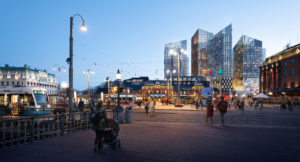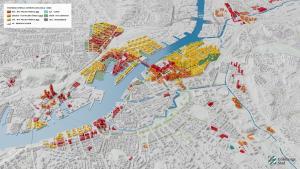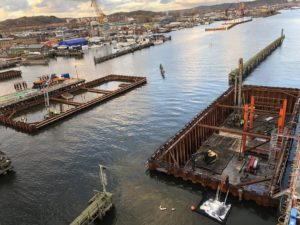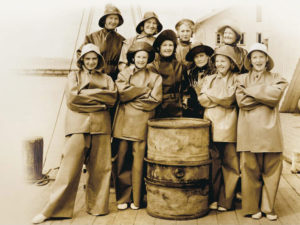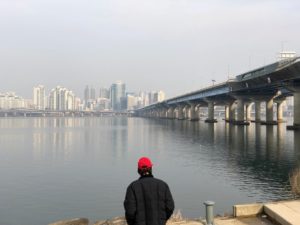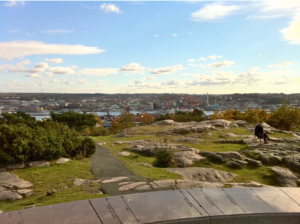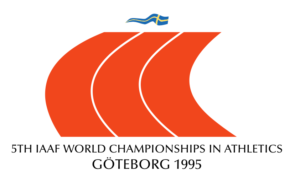Today is spring equinox, but the weather outside, as sunny as it is, feels more like winter

Weather and climate change, right? Every time the experts talk about climate change, some wise ass mentions the freaky weather outside. Well, they are connected of course, but… It’s complicated, like most relationships. Spring is definitely in the air, even if the weather is currently out of whack over much of Europe due to something strange called Arctic oscillation and which has been disturbed recently, allowing ice cold air to reach places it usually doesn’t (all the while the Arctics were inundated with very warm air.)
Weather ain’t climate
Here in Gothenburg, we’re enjoying super sunny days right now, but the temperatures are still below average for the season. Spring is late, it usually arrives here in the second half of February, and we’re now in the second half of March. Yet just today, the Swedish Met office (SMHI) and our nation NPR (SVT) published data that shows that the country has warmed by 1 C in the past century, on average. That’s quite a lot. And it will only get worse and that has an effect on cities like Gothenburg, with severe consequences.
How climate change might affect Gothenburg
It’s hard to imagine catastrophic scenarios on a sunny day like today. But city planners are working on contingency plans. Gothenburg is built on sea level, and most quays are about a meter (three feet) above the average water line. During a strong fall storm with western winds, the storm surges already surpass that line and low-lying parts of the city flood easily.

Even the island, where I live, sees the nice lawn near the boat jetty flooded every now and then. It will get worse in the future. As Gothenburg has Sweden’s largest river running through its midst, that adds to the complexity. And while London is protected by giant flood barriers to keep storm surges to push river water back into the city, Gothenburg doesn’t really have that option. Our geography just doesn’t allow for such a barrier, or it would have to be placed too close to our harbor and would seriously impact the city.
Today, storm surges push upstream and with water pushing from two sides, the city easily floods. With rising sea levels, even if only ten or twenty centimeters, that is enough to cause severe flooding in more and more areas of the city within just a few decades, all the while the city is expanding and growing near the water (where else?)
Gothenburg isn’t alone
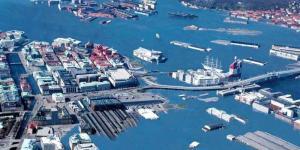
Gothenburg isn’t the only city threatened by climate change. In many cases, we are lucky, as warmer weather also means a more temperate climate. More days to spend outside in the evening with a glass of wine. More rain means we will have less risk of draught (a problem in many other areas of the planet.)
But that is no reason not to act, to leave things as they are because we are all on the same speck of dust traveling through the universe. And as for now, it’s the only one we have at our disposal. We’re literally pissing on ourselves. Not smart.
Sweden is a hotspot for environmental technology
If you’re interested in the environment, climate and what we can do to stop pissing on ourselves, there is plenty to see and do here in this town, from car maker Volvo who pledges to only produce electrified vehicles from next year to our universities and many other companies who are at the forefront of ecological innovation.
Welcome to Gothenburg, rain or shine, spring, summer, winter or fall!
